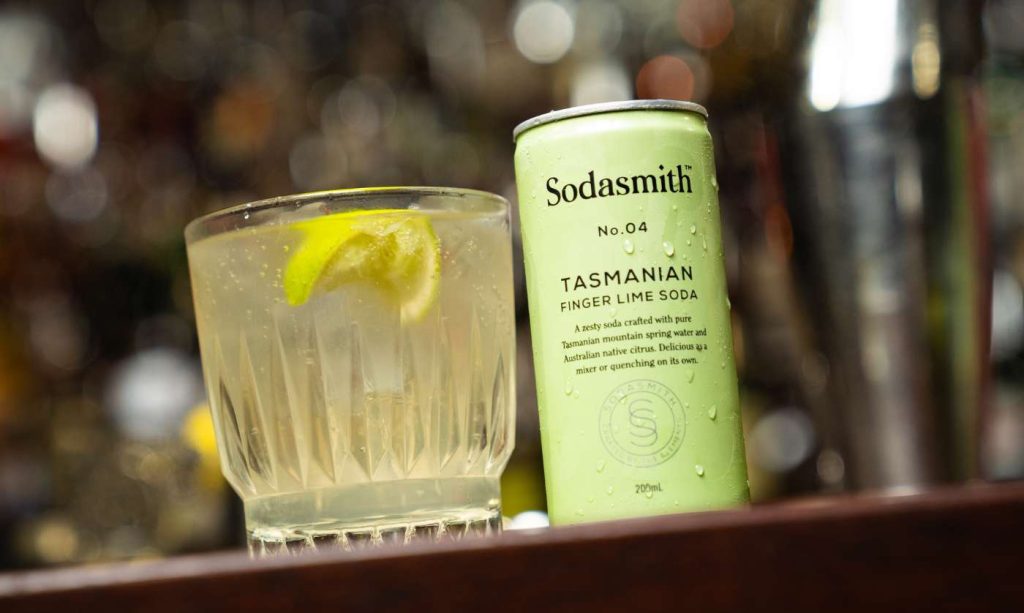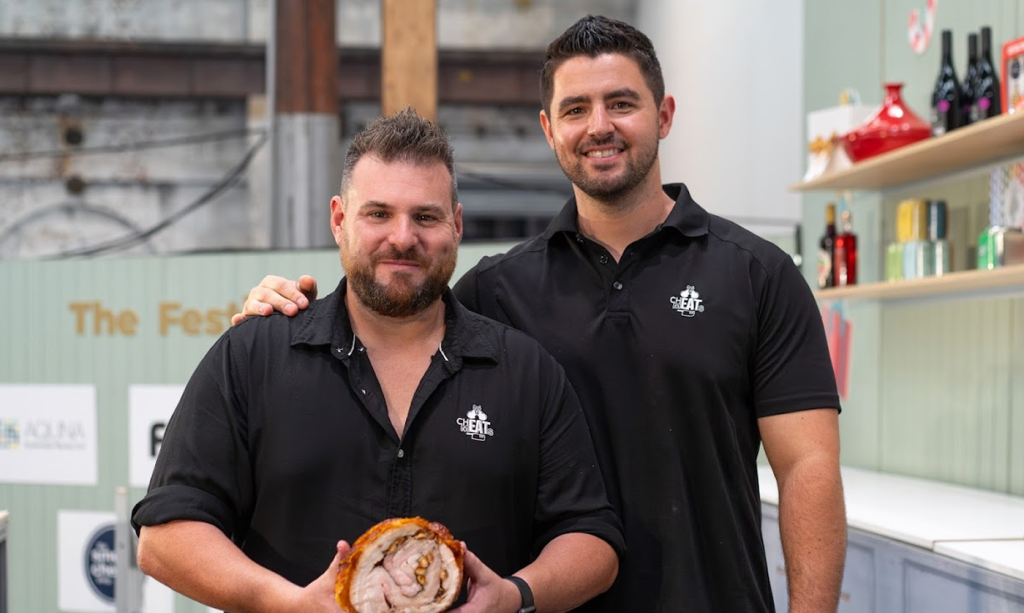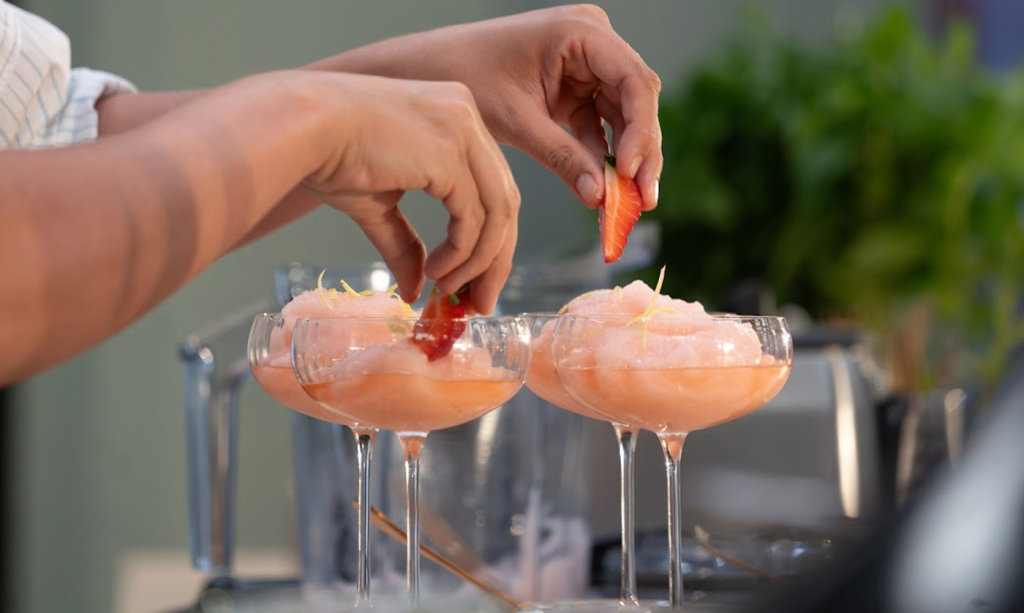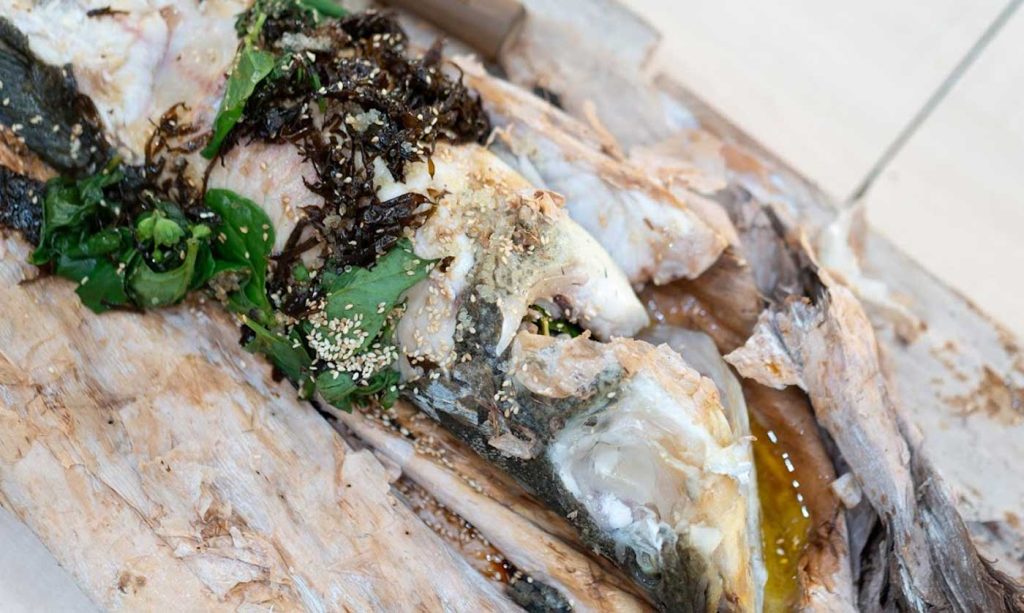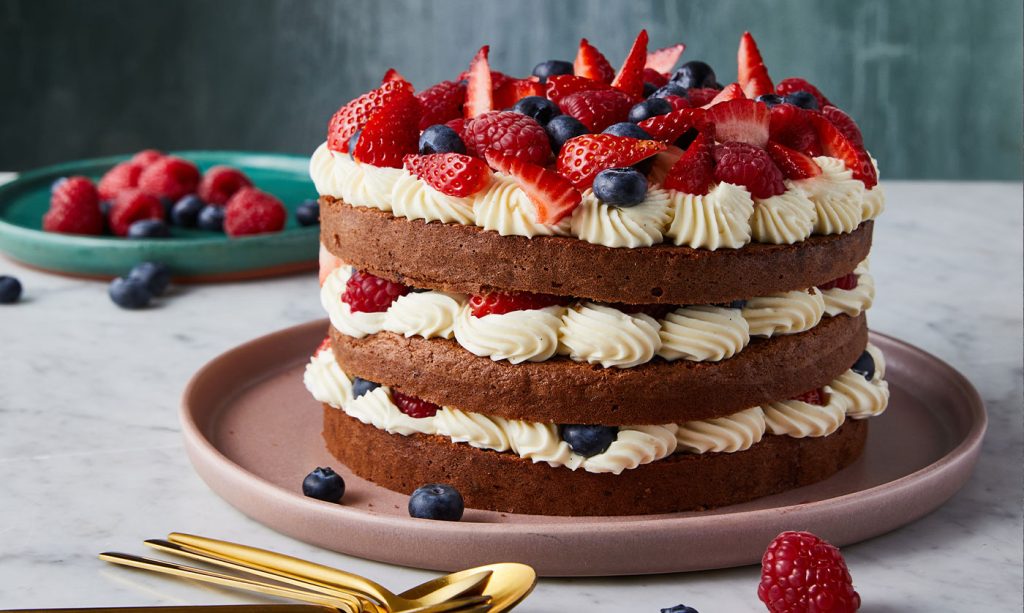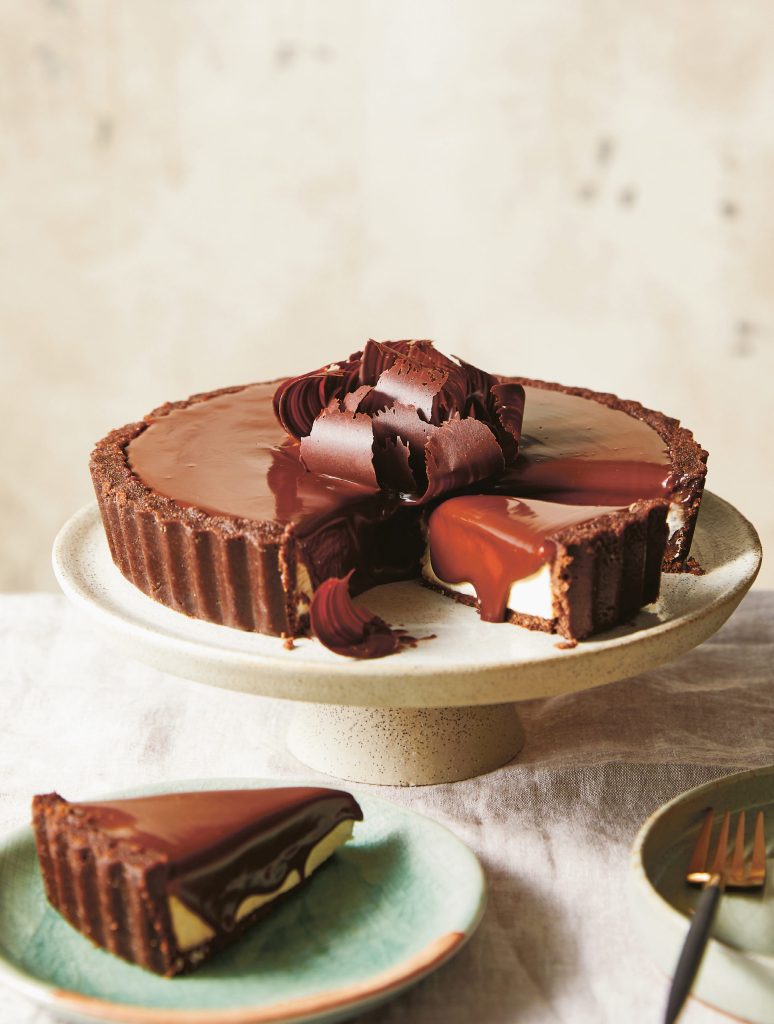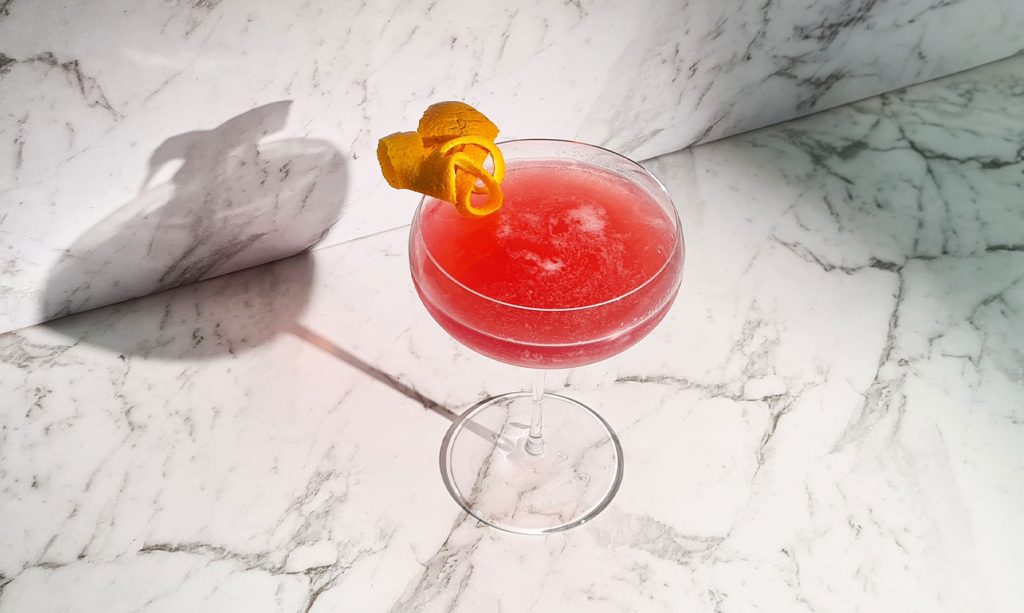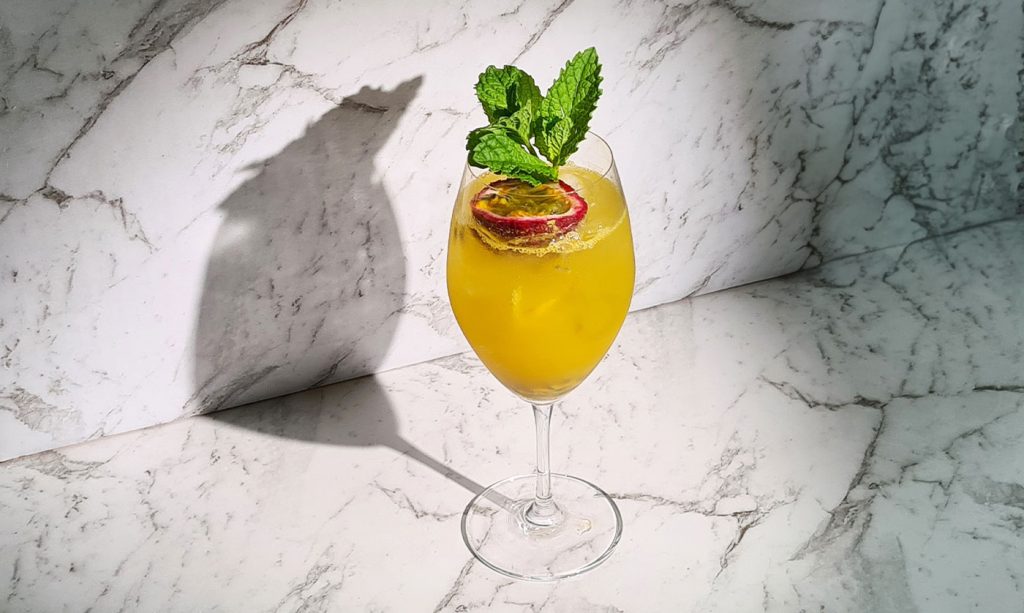Gin Up
Published 15 Apr, 2015During the Eighty Year War, British soldiers would partake in a Dutch spirit for its calming effects before the heat of battle. This is what is referred to by the term ‘Dutch courage’, and that courage came from gin.
Gin is a grain-based spirit that is flavoured by juniper berries and often other botanicals such as anise, angelica root, cinnamon, orange or lemon peel, coriander, and cassia bark. Because such a wide variety of botanicals can be used to infuse layers of flavour, there is a plethora of possible flavour combinations. Gin companies will almost always have their own unique flavour signature resulting from a secret recipe of botanicals. For example, Hendrick’s signature is rose and cucumber, while Beef Eater Gin’s is lemon peel and anise.
There are several techniques used to produce gin but generally it begins by distilling the base spirit in efficient column stills, which results in a high-proof, clean spirit with minimal flavour compounds. The spirit is then distilled again but this time the hot alcohol vapours pass through a chamber or ‘gin basket’ where juniper berries and botanicals are suspended. The vapour gently extracts aromatic and flavouring oils from these ingredients before it condenses and returns to liquid form.
Gin is currently seeing a resurgence, yes we didn’t realise it had gone anywhere either, but thanks to the rise of small craft-distillation companies across the world gin is back on the radar. With its endless ability to create unique flavours, gin offers the perfect conditions for craft manufacturers that seek to appeal to a niche market.
In New York neighborhoods, boutique producers are specialising in pared back recipes that include only one or two botanicals, while in Europe complexity is king with some manufacturers using as many as 47 different ingredients. In Australia, small-batch brands such as the Four Pillars Distillery and The West Winds Gin are taking advantage of native Australian botanicals, such as lemon myrtle and bush tomato, to create a truly unique flavour.
A versatile spirit, gin can be enjoyed in many different forms. To fully experience the intricate layers of flavour, simply serve your favourite gin neat or on the rocks. When it comes to mixing, there are almost too many classic combinations to mention but a few of our favourites include the old faithful Gin and Tonic, Martini, Singapore Sling, Tom Collins, Negroni, and Gin Sour.
DUTCH COURAGE G&T
Thank you to gin connoisseur Nick Tesar of Gin Palace in Melbourne for sharing this recipe for their Dutch Courage G&T.
Mix
– 50ml of Zuidam Dutch Courage Gin
– 150ml Fever Tree Mediterranean Tonic
Garnish with thinly sliced Lemongrass on the bottom, and a lemon wheel and micro lemonbalm on top.
Serve in a burgundy glass
Header Image: ‘Wilma’ the handcrafted still at Four Pillars Distillery

